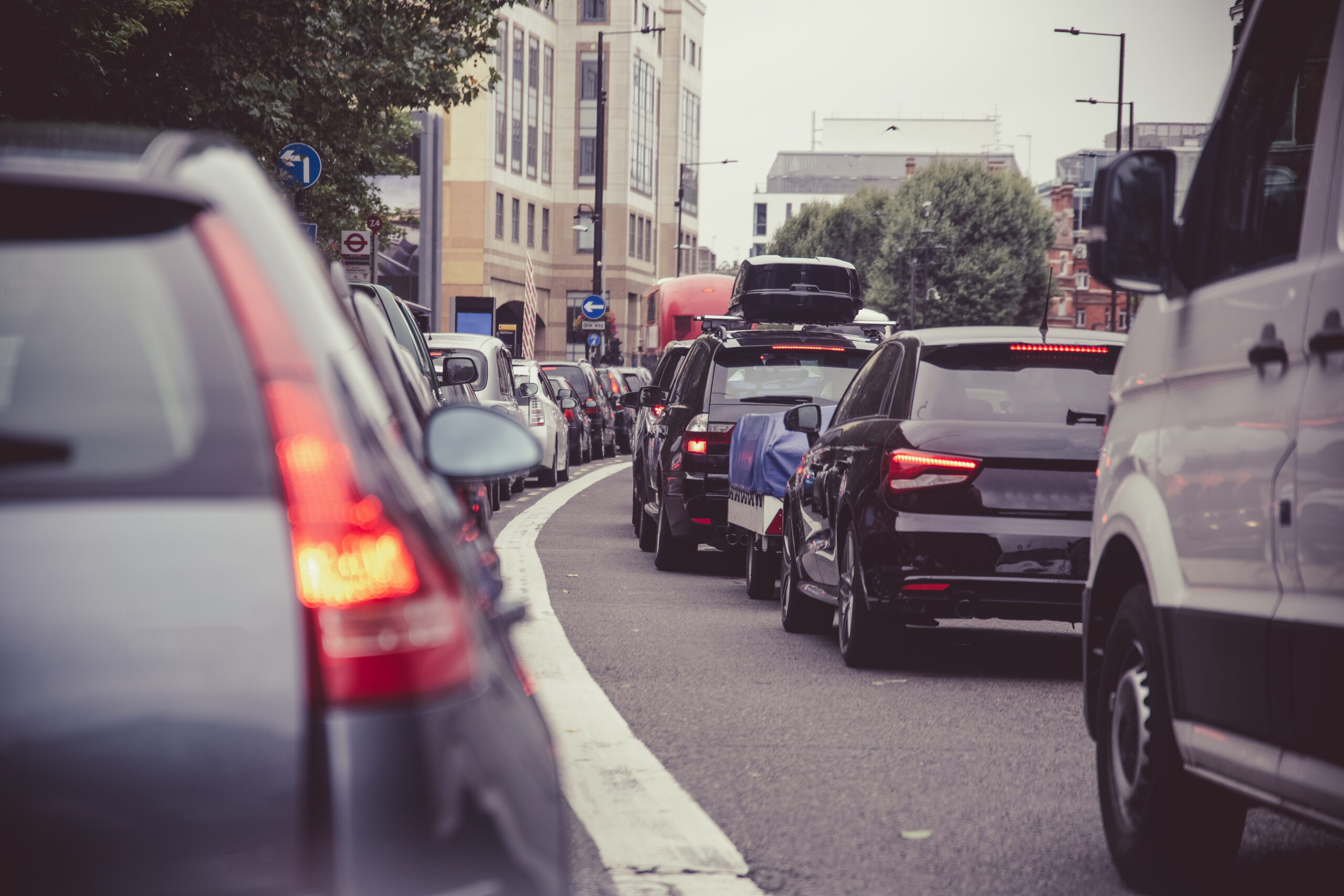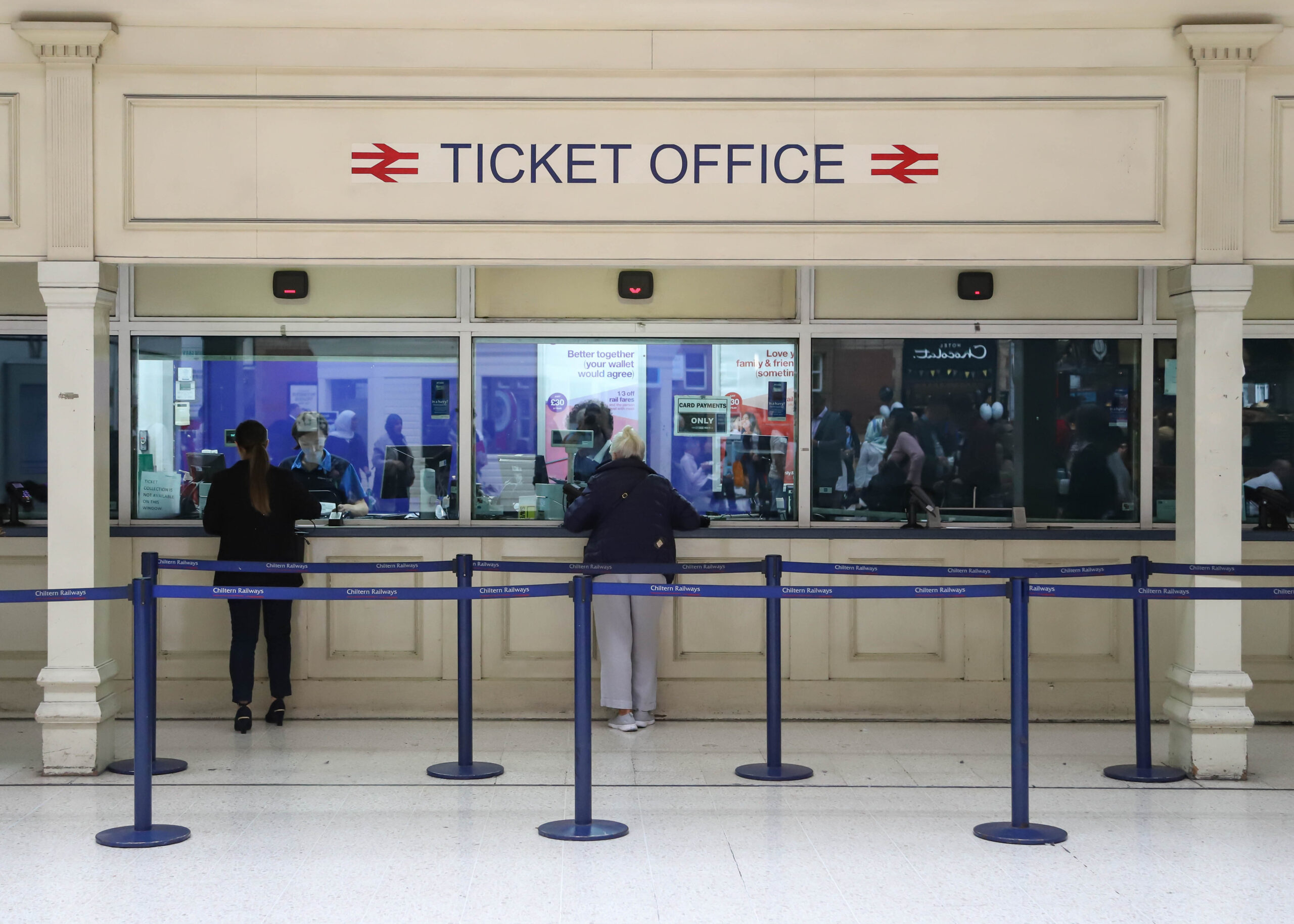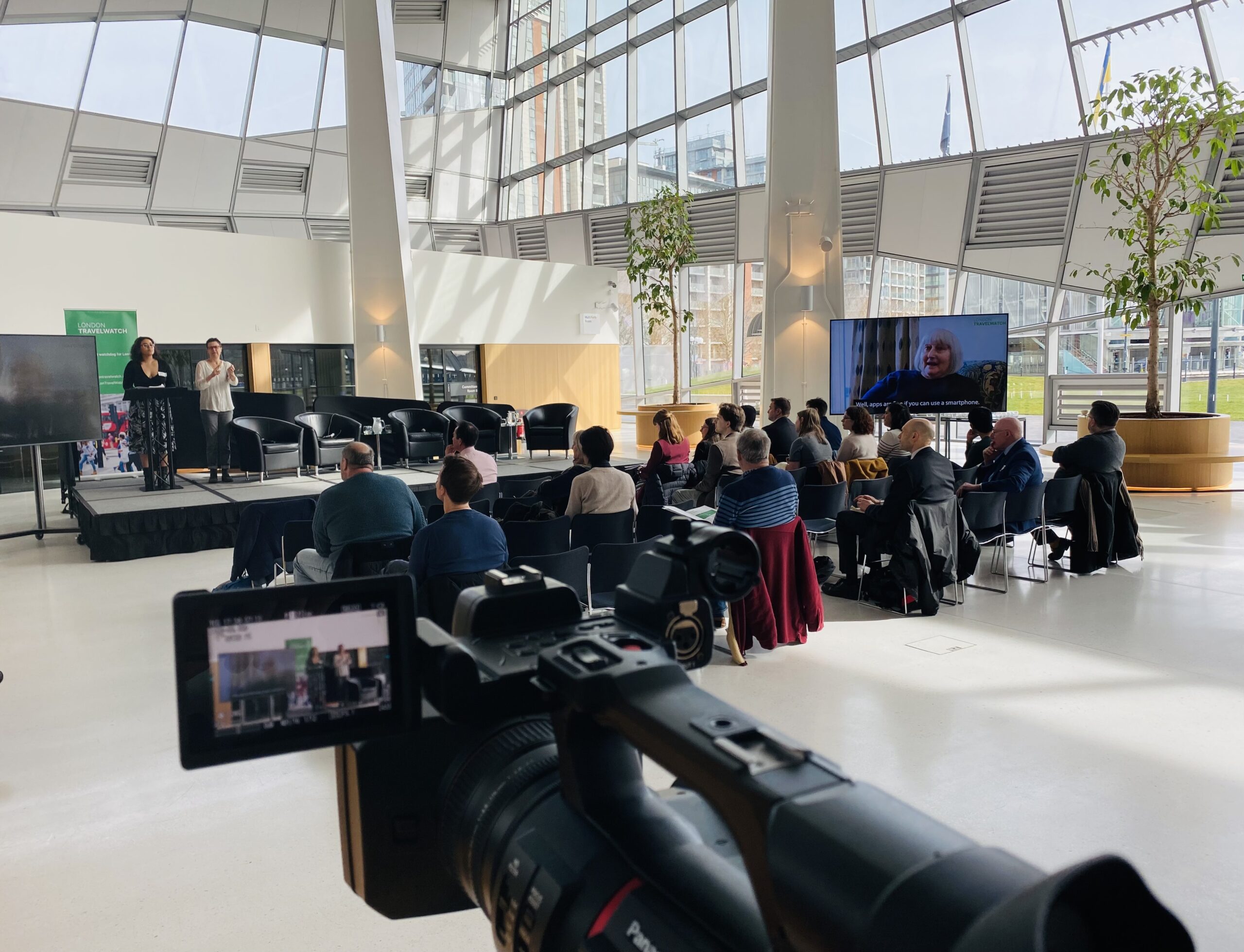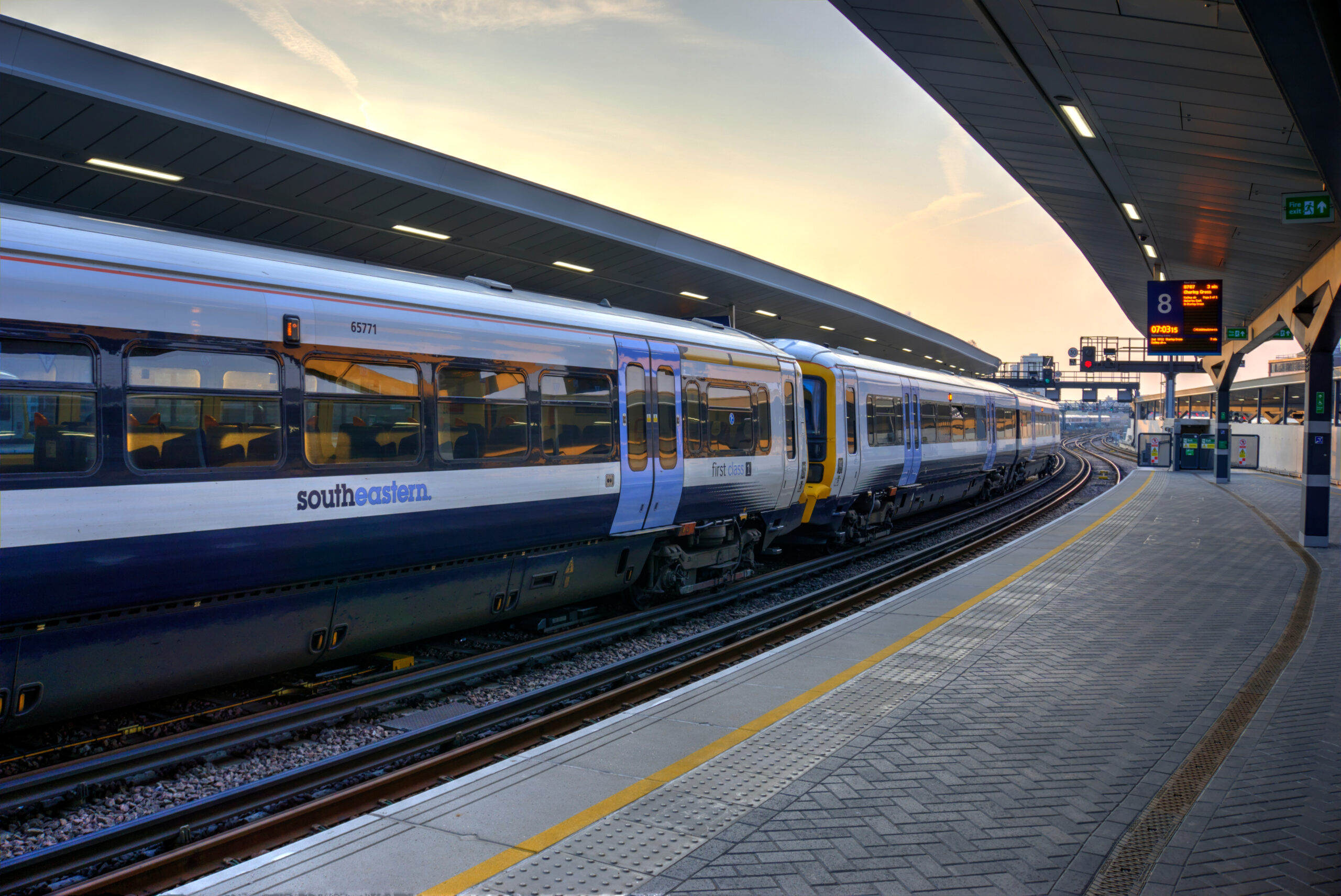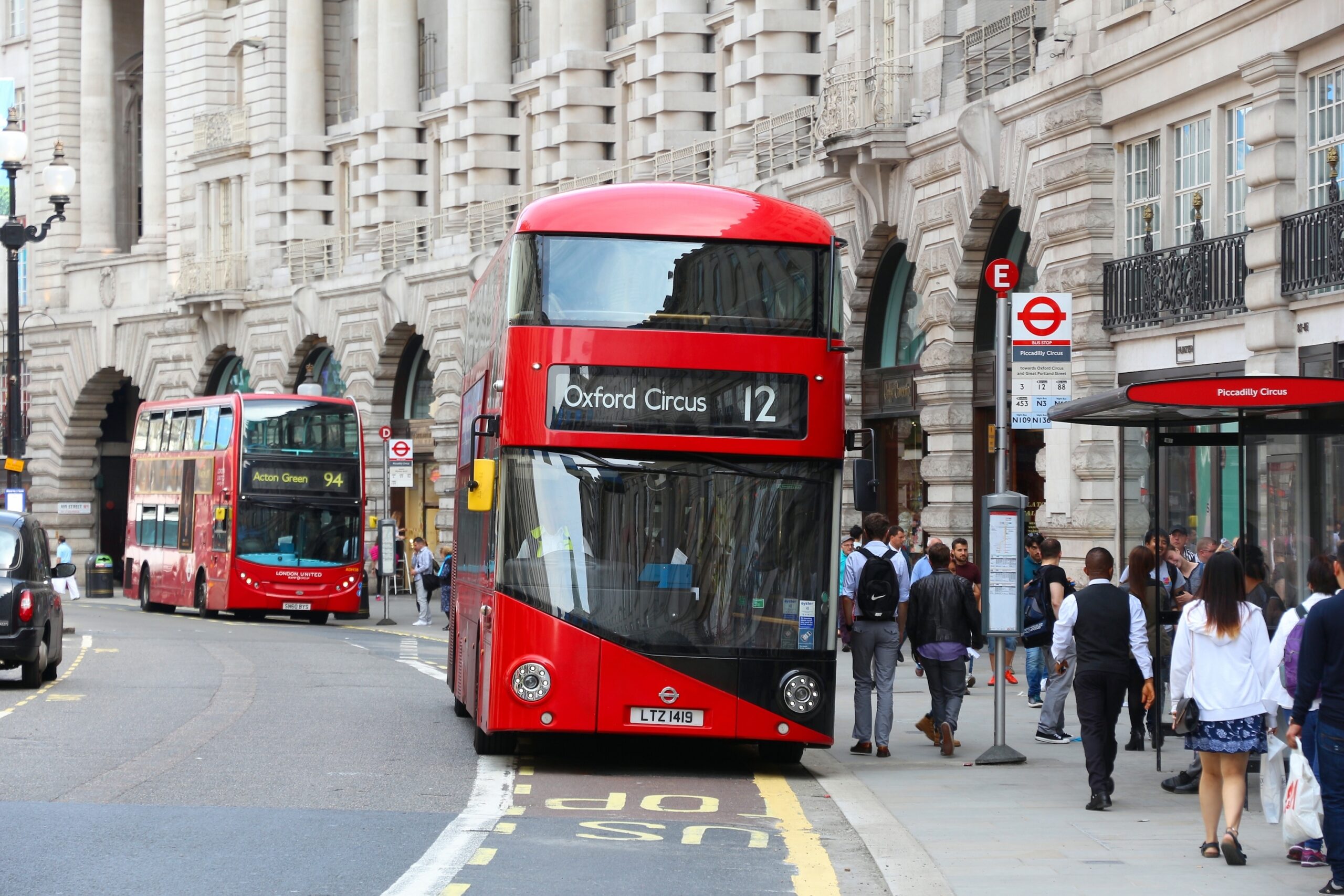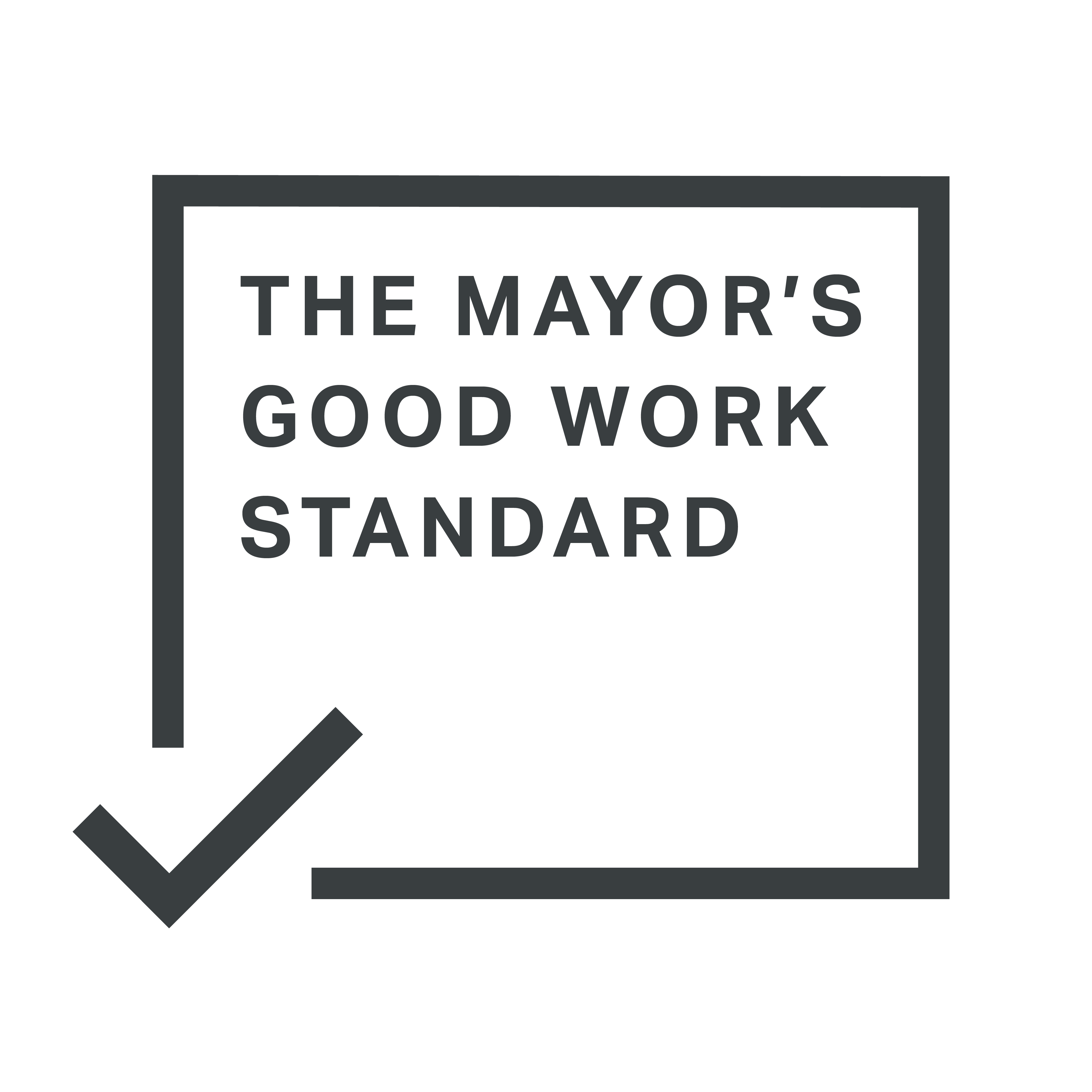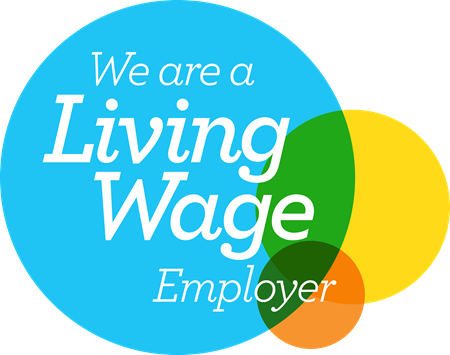16 November 2020
So much has been written about the need to avoid a car-based recovery during the current pandemic. As we entered the first lockdown there were positive signs in the fight against climate change due to reduced human activity, particularly in transport. But rising traffic levels in recent months would suggest that we could be starting to lose the battle, with traffic levels rising since the first lockdown was eased and hardly falling after the start of the second lockdown. And in London, the stakes are even higher than the rest of the country with over a third of Londoners expecting to use their car more when the pandemic is over, especially those who have children. So there is no better time to reflect on the issues facing the capital this London Climate Action Week.
At the start of the first wave of the pandemic, traffic levels in Britain fell to a quarter of their pre-Covid levels. This was accompanied by a lot more local travel and an increase in walking in cycling. There was a real focus from central and local government on encouraging ‘active travel’ and providing safer walking and cycling routes. Many temporary changes have been made or are in the pipeline to help with social distancing, such as widening the pavements and closing off streets to cars, vans, and lorries. School streets have been introduced as a way of trying to reduce car use on the school run and there have been some positive results in some areas already. In Hackney 10 School Streets were introduced by June and they have been shown to have reduced traffic by an average of 68%, lowered vehicle emissions by 74% and secured a 51% increase in children cycling to school.
However, the gradual reopening of society and the economy in recent months has prompted a rise in road traffic, and in London it is now almost back to pre-Covid levels. In areas with high levels of air pollution, many people consider walking as out of the question, with one resident likening it to ‘inhaling a pack of cigarettes’. The RAC’s annual motoring report had some bleak news in the fight against climate change, suggesting that the coronavirus pandemic has ‘wound back the clock two decades in terms of attitudes to public transport use’.
But it is not all doom and gloom – one positive about the gradually rising public transport use figures after the first lockdown up until October was the fact that our research shows that people who have actually been travelling on public transport report feeling quite safe. This has probably been helped by train companies and Transport for London upping their game when it comes to their cleaning regimes. But, as ever, if people are to be attracted back onto public transport, keeping fares affordable and trains and buses running when people need them, is still crucially important.
We all know that buses are the workhorses of the capital, relied on by millions of people, particularly those on lower incomes. That is why we’ve called for bus fares to be kept low when fares inevitably rise in January 2021. It has been estimated that switching just one journey in 25 from car to bus or coach can save 2 million tonnes of COâ‚‚ and one double-decker bus can take the place of as many as 75 cars on the road. So it is really important to promote the bus as a green mode of transport that can help reduce congestion, improve air quality and fight climate change, especially with TfL’s continuing push for electric buses making it an even greener mode of transport. The real danger if the bus isn’t seen as an attractive option is that those who used to use the bus, particularly in areas outside London’s Ultra Low Emission Zone, decide to buy cheap second hand cars which contribute heavily to climate change and further exacerbate the situation.
The other piece in the jigsaw which could really help us tackle climate change is a smart form of roads pricing which will help ensure people effectively contribute towards the environmental cost of their journey as well as reducing congestion. We recently blogged about this and it helped to reignite the debate.
On the railways, action is also needed from Transport for London and Network Rail to mitigate the problems created by the increased threat of weather-related incidents caused by climate change. The derailment at Stonehaven in August 2020 is a painful reminder of this threat which has been identified by the Office of Rail and Road as the single largest source of train accident risk to passengers.
London TravelWatch is currently looking into the needs of London transport users over the next 18 months or so and the changes which may make a positive difference. When it comes to climate change, decision makers in London and Westminster need to ensure that they don’t miss the opportunities that are presented by the debate about the future.

